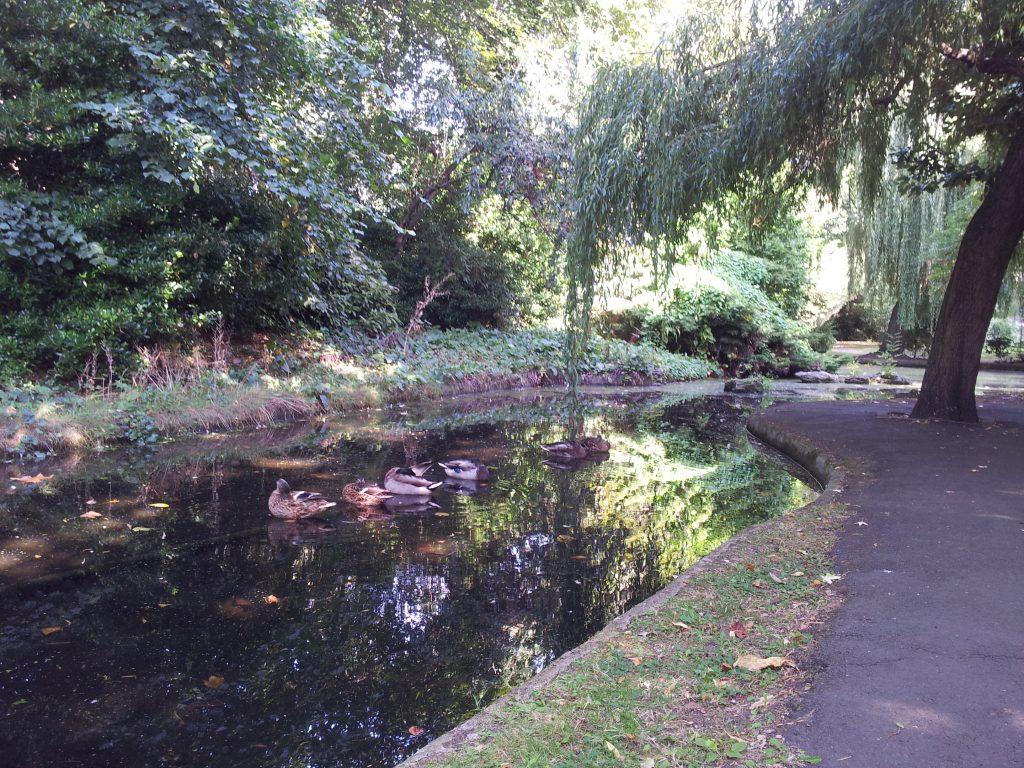As it’s World Mental Health Day today, I thought I’d share my latest reflections on the various blogs featured in my Sense of Place series and what they say about mental wellbeing. My guest bloggers Richard Sved, Catherine Raynor, Wendy Smithers and Katy Cooper write beautifully about what ‘sense of place’ means to them. Unlike myself, they make no explicit reference to ‘health’. Nevertheless, the content of the blogs suggests all their authors are joyful, thriving and healthy. Why is that?
What strikes me first is that individually and collectively our blogs echo the themes of nef’s Five Ways to Wellbeing: Connect, Be active, Take notice, Learn, Give. We write about meeting new people, walking and running, looking afresh at our environment, finding out about local landmarks and institutions, participating and volunteering. The benefits come both to and from ‘place attachment’: we need a place or places where we can do these things; equally, people doing these very things help make the place what it is.
The other thought that strikes me is that we are grappling with the concept of ‘sense of place’ at a time when the debate about local government’s purpose has been revived. For example by ADPHUK President Andrew Furber whose (paywalled) LGC article asks ‘Is the core role of local government still place shaping or is there a danger this phrase could distract from a new core purpose?’ which he defines as ‘wellbeing’. I’m not one who would ever have seen placemaking as an end as opposed to a means; but, to coin a place-based metaphor, it is, surely, something of a two-way street. Councils have jurisdictions which are geographically defined, but their responsibilities and accountabilities are to the people who live and work there. If those people aren’t flourishing, what does it say about the place? So, the better question is: how can councils ensure their approach to place is one which engenders physical and mental wellbeing?
Which brings me to my final reflection: place is the glue. The evidence is that physical and social connectedness are necessary conditions for health, with good built environment design capable of generating both. Through my work advising two of the NHS England Healthy New Town sites, I have also been struck by the ubiquity of the ‘connectedness’ theme, articulated in various ways by residents, developers, NHS and local government alike. Simply put, people want and need to get to, from and around a place in order to do all the other things they want and need to do – in order to flourish.
So, ‘sense of place’ may seem a nebulous concept, but we know it when we see it, we know it when we feel it. I’d even go further: sense of place might be the very thing which binds the five ways of wellbeing together.



